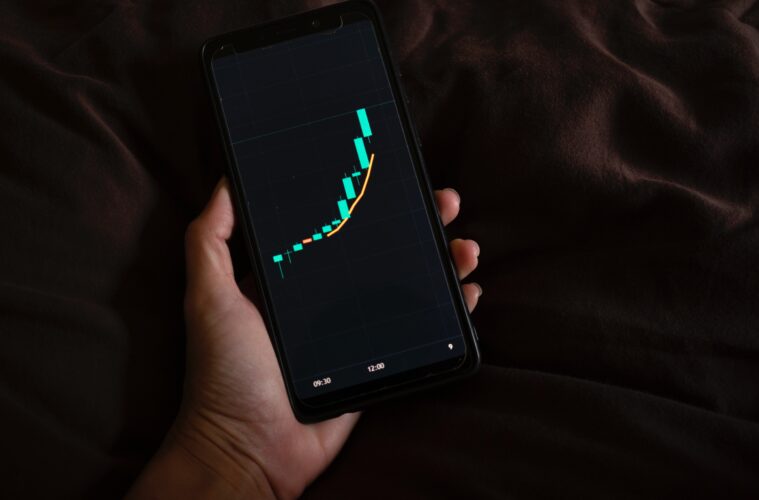
Fintech applications are expanding, with businesses implementing the latest innovations: AI, ecosystems, and paperless services. These sophisticated options make people’s lives easier, but if poorly presented, they can seem incomprehensible. We’ll tell you how to make a tech-savvy and user-friendly mobile app for fintech. First, we will give a quick checklist of successful fintech apps and then give more detailed information.
Checklist:
- It’s not enough to analyze personal customer data – you need to know the behavior and unique needs of each user. Hyper-personalisation is needed here.
- To maximize the app’s usability, consider adopting a card linking feature.
- If you have a tight budget – avoid developing a single, complex app and instead develop multiple apps with basic functionality to help isolate critical features for users.
- Engage consumers with ingenious options that increase their comfort and delight them with pleasing visual design, so that they want to come back and use the app more often and for longer periods.
- If there are higher requirements for Infobase, performance, and complex custom widgets, native development is worth prioritizing. If you need to quickly test hypotheses on different platforms – cross-platform.
- Listen to your team, understand its strengths and weaknesses, understand what tasks it can solve, and do not overpower it. After all, developers, product engineers, designers, and everyone else involved in app development are the kindest, most responsible, and most motivated people, on whom the success of the entire digital side of things depends.
Use hyper-personalisation
An essential trend amongst mobile financial services is personalization. It’s based on analyzed data about user behavior, not just basic user characteristics. Hyper-personalisation can only be built up iteratively (in cycles): more data on customer behavior means more relevant offers for them.
Hyper-personalisation allows people to spend less time searching for options and information, which frees up time for more important things, such as spending time with their children or finishing a work project. When the options you want are easily accessible, people are more likely to return to your app again.
Instant payment
Card linking is a must-have for any app that sells its products or services. A person is more likely to purchase if they don’t have to look up a card number or access third-party mobile services.
Super app – an ecosystem that not everyone wants
A super app is an app with an ecosystem of services, ranging from financial to lifestyle.
Building a super app requires building a complex IT structure from the ground up, including working out the enormous number of interconnections between services within the super app. Developing simpler apps requires less UX/UI effort, and a set of applets will still perform the necessary targeted actions.
User interaction
Keeping users from getting bored and leaving the app is a challenge that requires professional product development.
Functionality and emotionality now go together – in addition to advanced services, don’t forget about beautiful screensavers, interesting animations, and icons. A fintech app does not have to be grey and boring just because it only conducts financial transactions.
Betting on native apps
Is it better to develop cross-platform or native apps? Native apps turn out to be more functional and flexible because they are built specifically for each platform with its specific features in mind. There are far fewer constraints for developing native services, and this is their main advantage.
Custom widgets in cross-platform applications can freeze when used and usually take longer to refine. Animation speed and special effects in them can lose out to native ones. Hence the many limitations for framework developers for cross-platform services.
Published by Holr Magazine.


